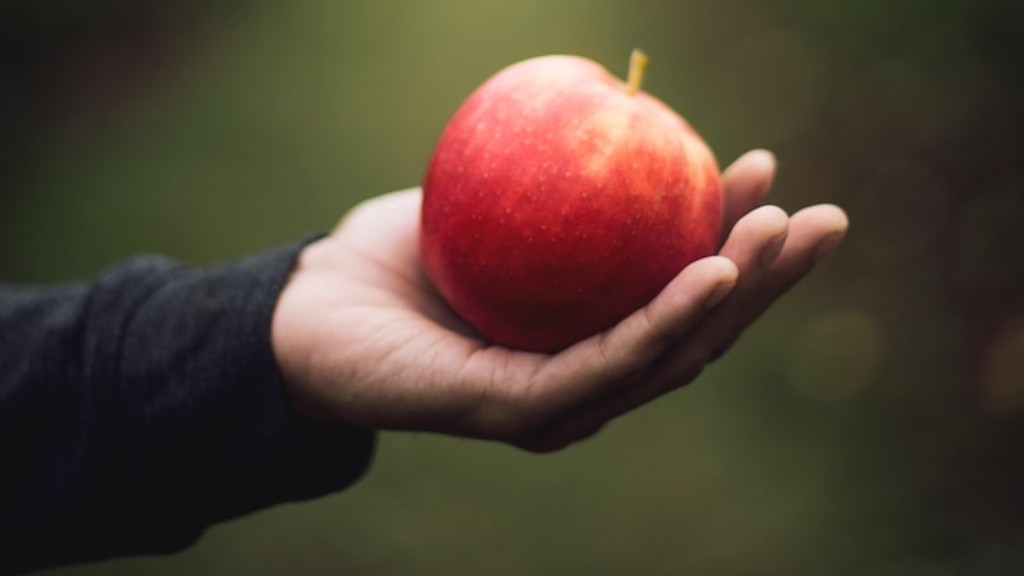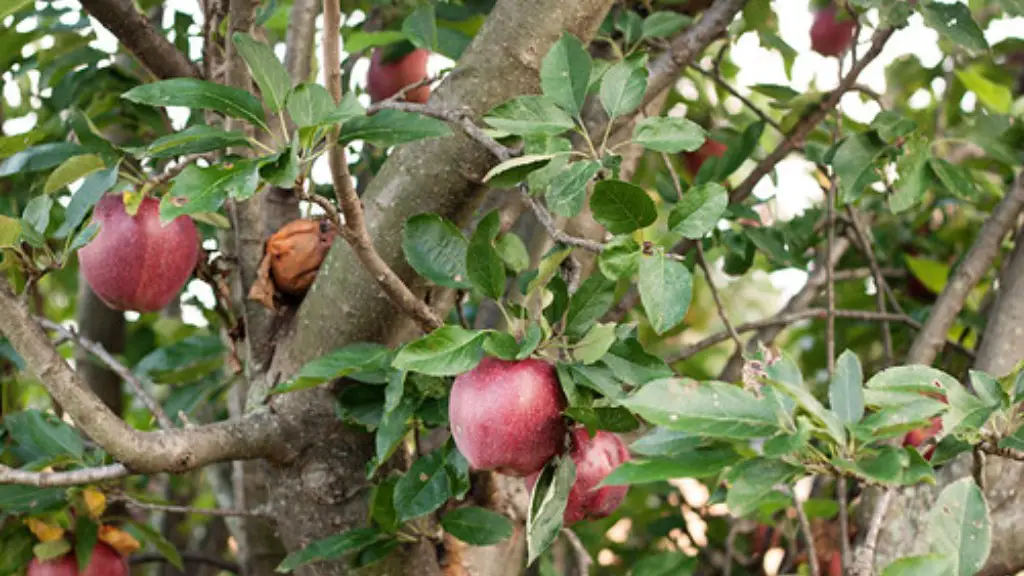The question on when to prune an apple tree should be asked by all gardeners or property owners who are looking to maximize their apple tree harvest. Pruning is an essential task that must be undertaken in order to maintain a healthy tree, encourage vigor and maximize fruit production. It’s important to understand when to prune the tree, how to prune it, and what tools are used to prune it. Knowing when to prune apple trees will help you produce larger and tastier fruit in the future. Generally speaking, the ideal time to prune an apple tree is late winter, just before the tree comes into its first flush of growth. Pruning before the new growth period allows the tree to better recover as it’s now preparing for the coming year. It also gives the tree more time to form flower buds and consequently, larger fruit.
Pruning at the Right Time of Year
Knowing the best time to prune an apple tree enables gardeners to get the most beneficial results with their pruning efforts. As previously mentioned, winter through early spring is the best time to get your apple tree pruning underway. It’s also good to check the weather conditions before starting the pruning process. Pruning should be avoided right before the ground freezes, right after a hard frost or if snow is expected. Be sure to also watch for signs of disease such as clumps of diseased leaves, or discolored foliage.
The Pruning Process
The overall idea when approaching the pruning process is to remove one third to a half of the branches from the tree, so as not to damage the tree. Start by removing any dead or diseased branches. Then, find the forked branches at the tree’s crown and prune the weaker or smaller of the two shoots. With newer apple trees, you’ll want to thin out the tree, by removing center growth and small, thin twigs. Also, be sure to remove any of the suckers coming off the base of the trunk. After pruning, it’s also smart to wash the pruning blades with rubbing alcohol or a bleach solution to avoid spreading diseases.
Pruning Tools
When it comes to pruning tools, quality matters more than quantity. Start out with a good pair of sharp, clean and sharp pruning shears. Loppers are also useful and can help you when tackling larger branches. It’s also a good idea to have a handsaw handy if you’re dealing with thicker, long branches. When pruning, make sure all cuts are at a 45-degree angle and should be clean and free of tears.
Pruning for Production
The ideal pruned apple tree should look like a vase that’s open, with four or five main branches. Remove any branches which form a 90-degree angle from the trunk, as these cause energy and growth to be hindered. If pruning more than one in the same area, don’t forget to leave a bit of space between the trees, as it makes them easier to harvest.
Pruning for New Growth
Pruning should always be done with the main aim of creating shorter and bushier branches, which are relatively close together. This encourages new growth, as well as forming a good foundation for the formation of fruit-bearing branches. As the tree grows, periodic pruning is needed to ensure that each branch has adequate space to spread out and receive enough sunlight.
Pruning During the Growing Season
During the growing season, it may be necessary to prune off certain parts of the tree to create better and healthier fruit production. After the flowers have been pollinated and the fruit has set and started growing, breaking off certain branches allows the tree to concentrate its energy on the remaining branches, so that larger and tastier fruit can be produced. Pruning can also be used to remove congested parts of the tree that are producing subpar leaves, flowers and fruit, allowing those with the best quality to continue to produce.
Pruning for Quality and Size
Apple tree pruning is an important part of producing the best size and quality of fruit. Pruning encourages the tree to increase its vigor and produce better quality apples. To ensure maximum flavor, prune any branches that seem to be too crowded with apples. Pruning can also help keep the desirable shape of the tree that gardeners are looking for.
Pruning for Air Flow and Sunlight
Proper pruning also allows for enough airflow and sunlight to reach within the tree’s canopy. An abundance of warm air and sun will greatly benefit the tree, improving its health and productivity as it can effectively photosynthesize and use the energy to help produce more fruits and foliage. Pruning also allows gardeners to more easily spot diseases, pests, and have an easier time spotting and removing outlier branches.

